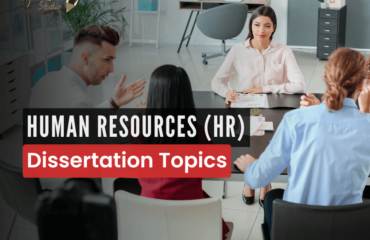
Table of Contents
Introduction:
In the ever-evolving landscape of academic integrity, the synergy between technology and education has given rise to powerful tools designed to ensure the authenticity of student work. Among these tools, Turnitin stands out as a frontrunner, employing advanced artificial intelligence (AI) to detect potential instances of plagiarism in human-written assignments. This blog aims to explore the intricate dance between Turnitin and AI, shedding light on how this amalgamation impacts academic evaluation, the mechanics behind the detection process, and the implications for both educators and students.
The Evolution of Turnitin:
Turnitin, initially introduced as a plagiarism detection tool, has undergone a metamorphosis to become a comprehensive academic integrity platform. Founded on the principles of maintaining honesty and originality in academic submissions, Turnitin’s integration of AI has propelled it into a pivotal role in educational institutions worldwide.
How Turnitin Detects AI in Human-Written Assignments:
Algorithmic Analysis:
Turnitin’s AI operates on sophisticated algorithms that scrutinize written assignments for patterns, language structures, and contextual cues.
The algorithm distinguishes between human-written content and instances where automated tools or AI-generated text may have been employed.
Natural Language Processing (NLP):
Turnitin utilizes Natural Language Processing to comprehend the nuances of human language, allowing it to identify deviations that may indicate the use of AI-generated text.
NLP enables Turnitin to go beyond simple keyword matching, considering the semantic and contextual aspects of the written content.
Machine Learning Models:
Turnitin employs machine learning models that evolve over time based on the data they analyze.
As the system encounters new instances of AI-generated content, it adapts, becoming increasingly proficient in identifying such instances.
Implications for Academic Evaluation:
Enhanced Plagiarism Detection:
The incorporation of AI into Turnitin has significantly enhanced the platform’s ability to detect plagiarism, even when attempts are made to obfuscate the origin of the content.
This ensures that academic assessments are based on the original work of students, fostering a culture of academic honesty.
Addressing Sophisticated Tactics:
With the rise of AI-generated content, students may attempt to leverage automated tools to produce assignments that mimic human writing.
Turnitin’s AI detection mechanisms are designed to identify these sophisticated tactics, maintaining the integrity of the evaluation process.
Educational Feedback:
Turnitin’s AI doesn’t merely flag potential issues; it provides educational feedback to students.
By understanding how the detection process works, students can learn about the importance of originality, proper citation, and ethical writing practices.
Challenges and Ethical Considerations:
False Positives and Negatives:
Like any technology, Turnitin’s AI may produce false positives, flagging content as potentially AI-generated when it is, in fact, human-written, and vice versa.
Striking a balance between sensitivity and specificity in detection remains a challenge.
Privacy Concerns:
As Turnitin analyzes vast amounts of data, concerns about student privacy and the storage of sensitive information come to the forefront.
Ensuring transparent policies and robust security measures is imperative to address these concerns.
Technological Advancements:
The rapid evolution of AI introduces challenges in keeping detection mechanisms up-to-date.
Continuous adaptation is necessary to stay ahead of increasingly sophisticated methods of AI-generated content creation.
Conclusion:
Turnitin’s integration of AI in the detection of AI-generated content in human-written assignments represents a significant stride in upholding the principles of academic integrity. As technology continues to shape the educational landscape, the collaboration between Turnitin and AI serves as a safeguard against the challenges posed by emerging trends in content creation. Educators and students alike must embrace this evolving paradigm, recognizing the potential of AI as a tool for educational enhancement while remaining vigilant about the ethical considerations that accompany its implementation. Ultimately, the synergy between Turnitin and AI signifies a commitment to fostering an educational environment where originality, integrity, and intellectual growth flourish.







